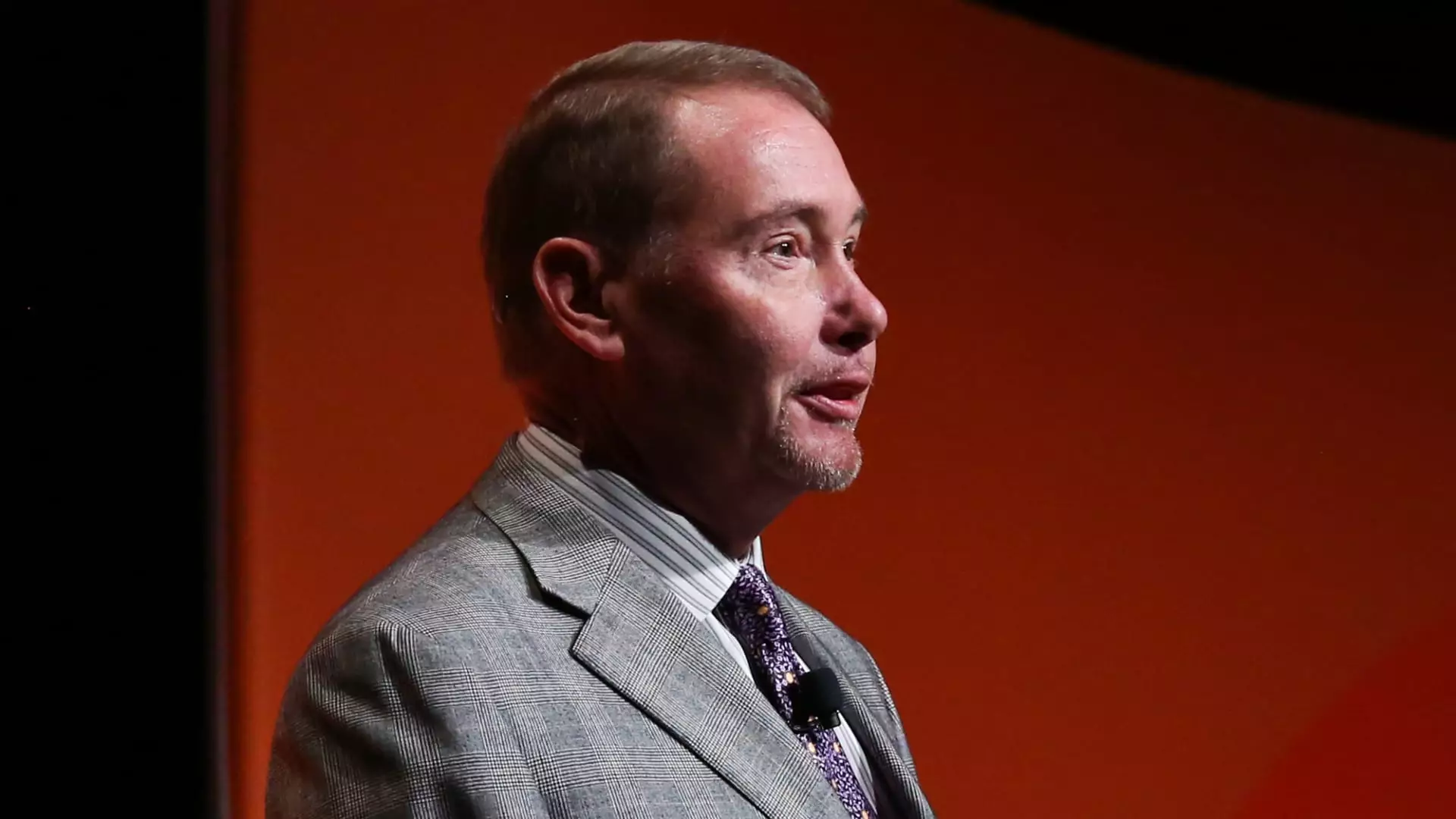In the realm of economic analysis, few voices command as much respect as Jeffrey Gundlach, CEO of DoubleLine Capital. Recently, Gundlach highlighted what he perceives as a critical misstep by the Federal Reserve: a preoccupation with short-term data that detracts from overarching economic strategies. He draws a vivid analogy, likening the Fed’s recent strategies to the bumbling Mr. Magoo, suggesting that the central bank has lost sight of its long-term objectives in favor of a reactive stance. This dynamic is increasingly concerning, especially in a financial environment where economic indicators fluctuate considerably.
Gundlach underscored that, despite a strategic effort previously made by the Fed to rein in inflation, recent trends have indicated a resurgence, prompting a reflexive response from policymakers. This brings up the fundamental question: how effectively can the Fed respond to real-time data without a cohesive long-term strategy? The potential for knee-jerk reactions or policy inconsistency increases exponentially when a central bank becomes too focused on immediate metrics rather than systemic health.
The crux of Gundlach’s critique lies in the Federal Reserve’s ongoing struggle to meet its 2% inflation target. Recent data from the Consumer Price Index (CPI) presents a mixed picture: while the overall inflation rate appears manageable at 2.9%, the nuances within this data reveal a more complicated scenario. Excluding volatile sectors like food and energy, the core CPI suggests improvement, yet it remains insufficient for the Fed’s benchmarks. This ongoing inflationary challenge exacerbates the tension between short-term economic stability and long-term policy efficacy.
The manner in which the Fed has adjusted its approach, seemingly in sync with market expectations, also reflects an inclination towards conservativism in its monetary decisions. The reduction of benchmark rates, particularly the unprecedented half-point cut, illustrates an urgent desire to support economic activity. However, the inconsistency in rate cuts creates an uneasy atmosphere of unpredictability, which markets often abhor.
According to Gundlach, the shifting sentiments in financial markets—from aggressive anticipation of multiple Fed rate cuts to a more reserved outlook—highlight the growing hesitance among investors. The perception of just one potential rate cut in 2025 suggests that the market is recalibrating its expectations, seeking stability rather than volatility. Such transitions in investor confidence can significantly impact financial instruments, making it imperative for the Fed to provide clear, consistent guidance to mitigate uncertainty.
As Gundlach astutely notes, the current situation presents a conundrum. While the market anticipates a steady approach from the Fed during its upcoming meetings, this does not relieve the pressures exerted by fluctuating inflation rates. Investors are left navigating a landscape defined by unexpected shifts in both government policy and economic indicators.
Jeffrey Gundlach’s insights serve as a clarion call for the Federal Reserve to adopt a more strategic perspective. By focusing on the broader economic landscape rather than immediate data points, the central bank can foster a more resilient financial ecosystem. It remains crucial for the Fed to weigh its decisions with an eye towards long-term implications, ultimately guiding markets towards greater stability and predictability.

